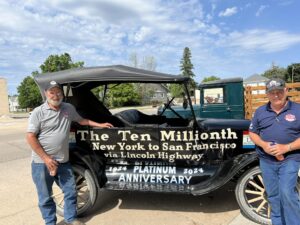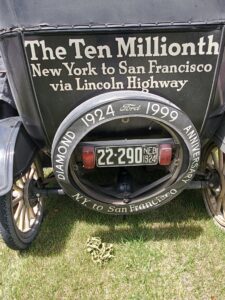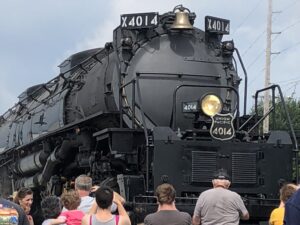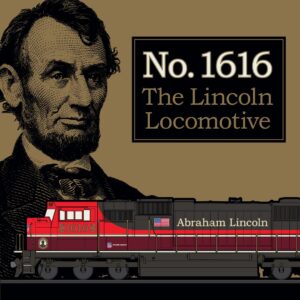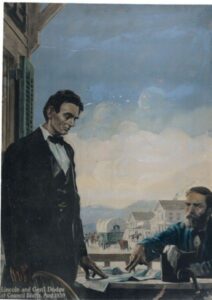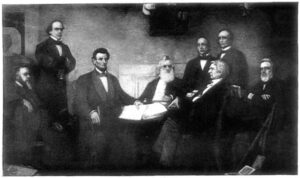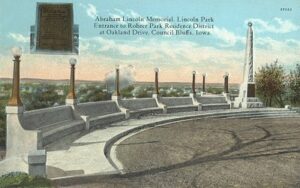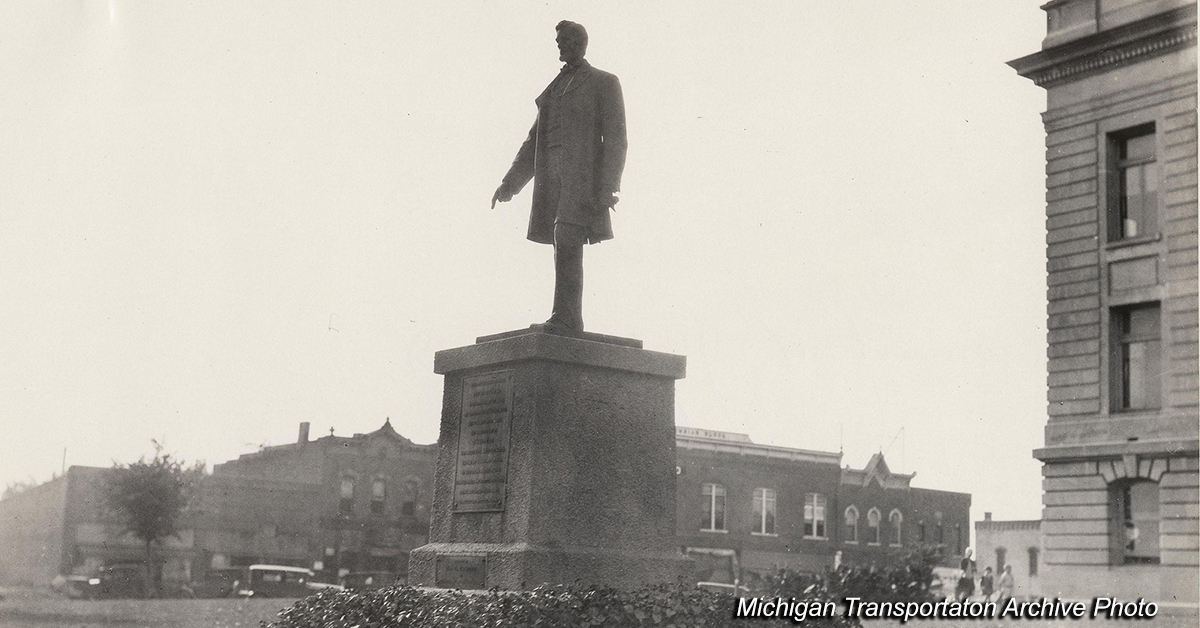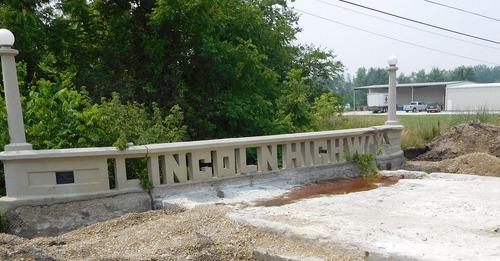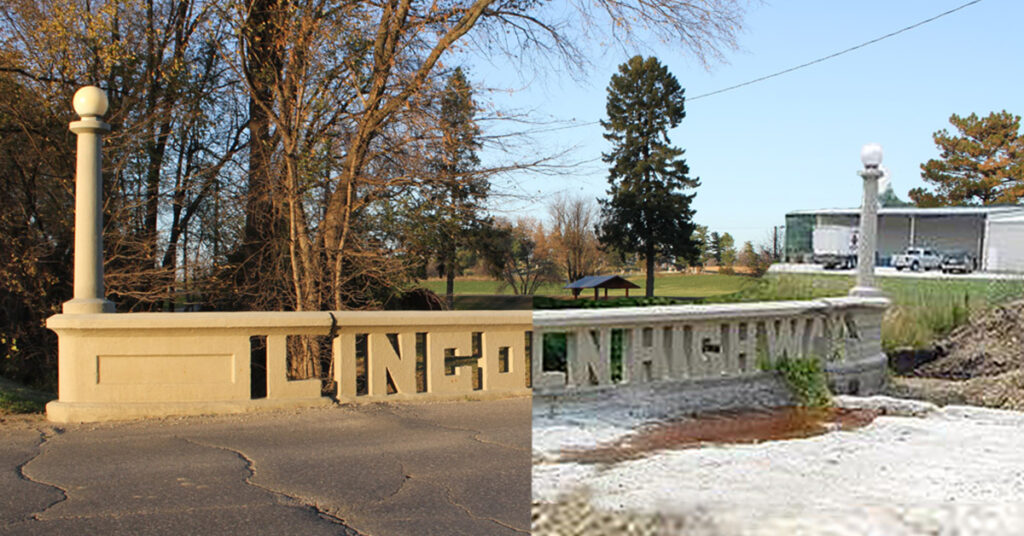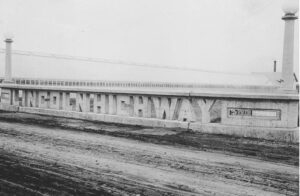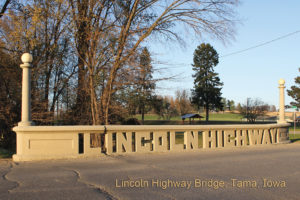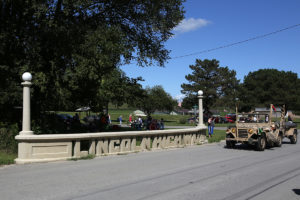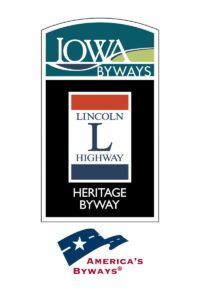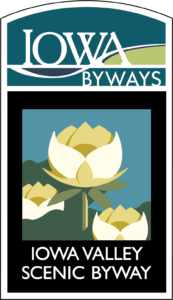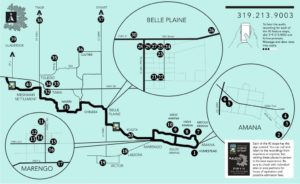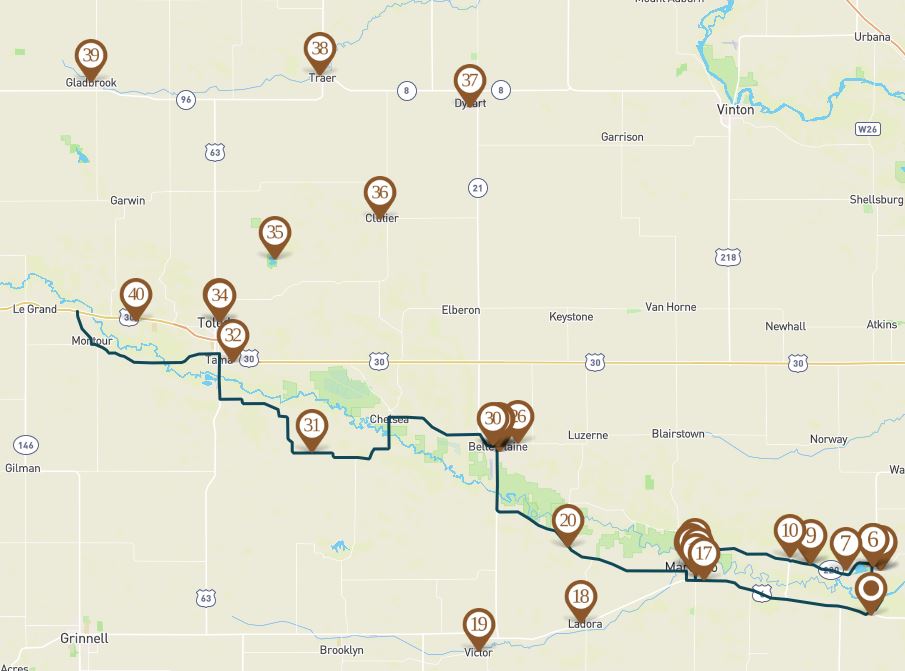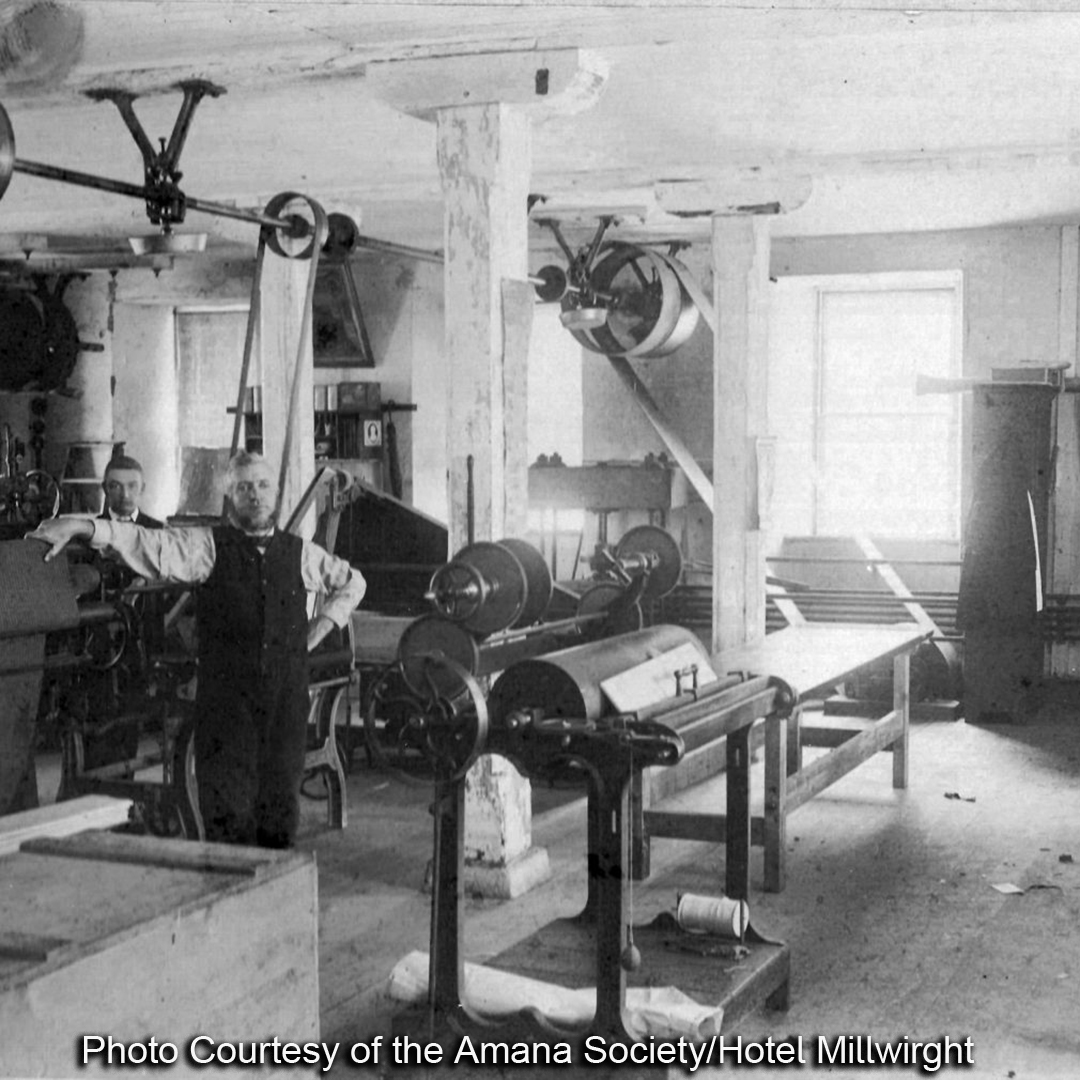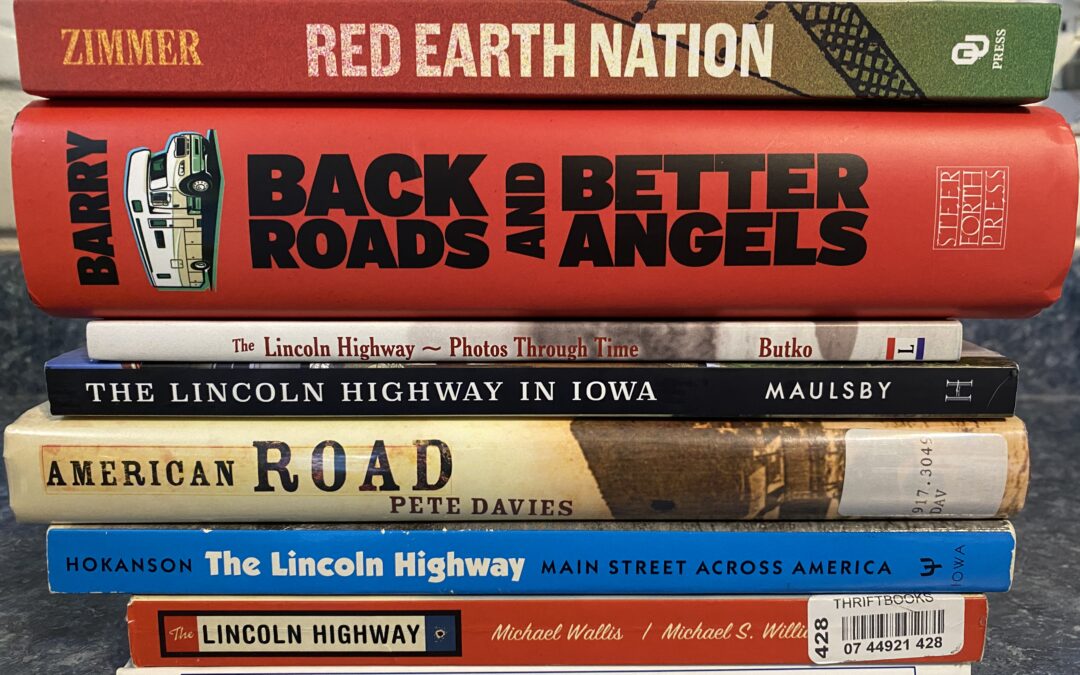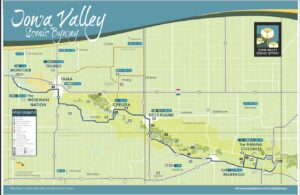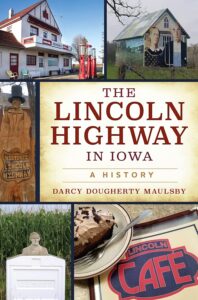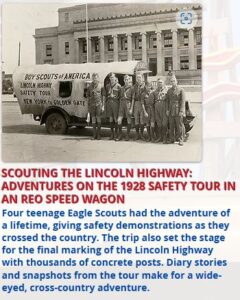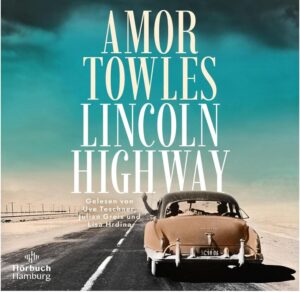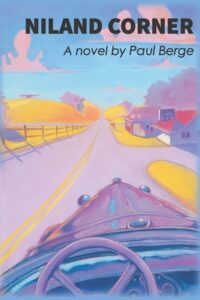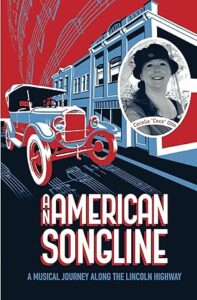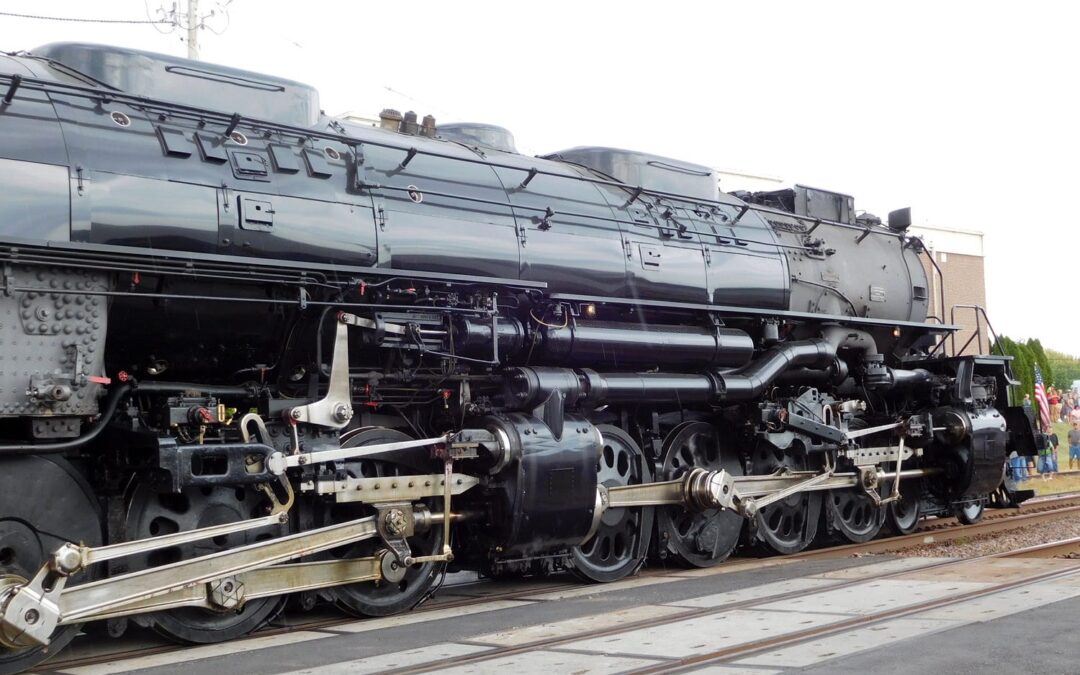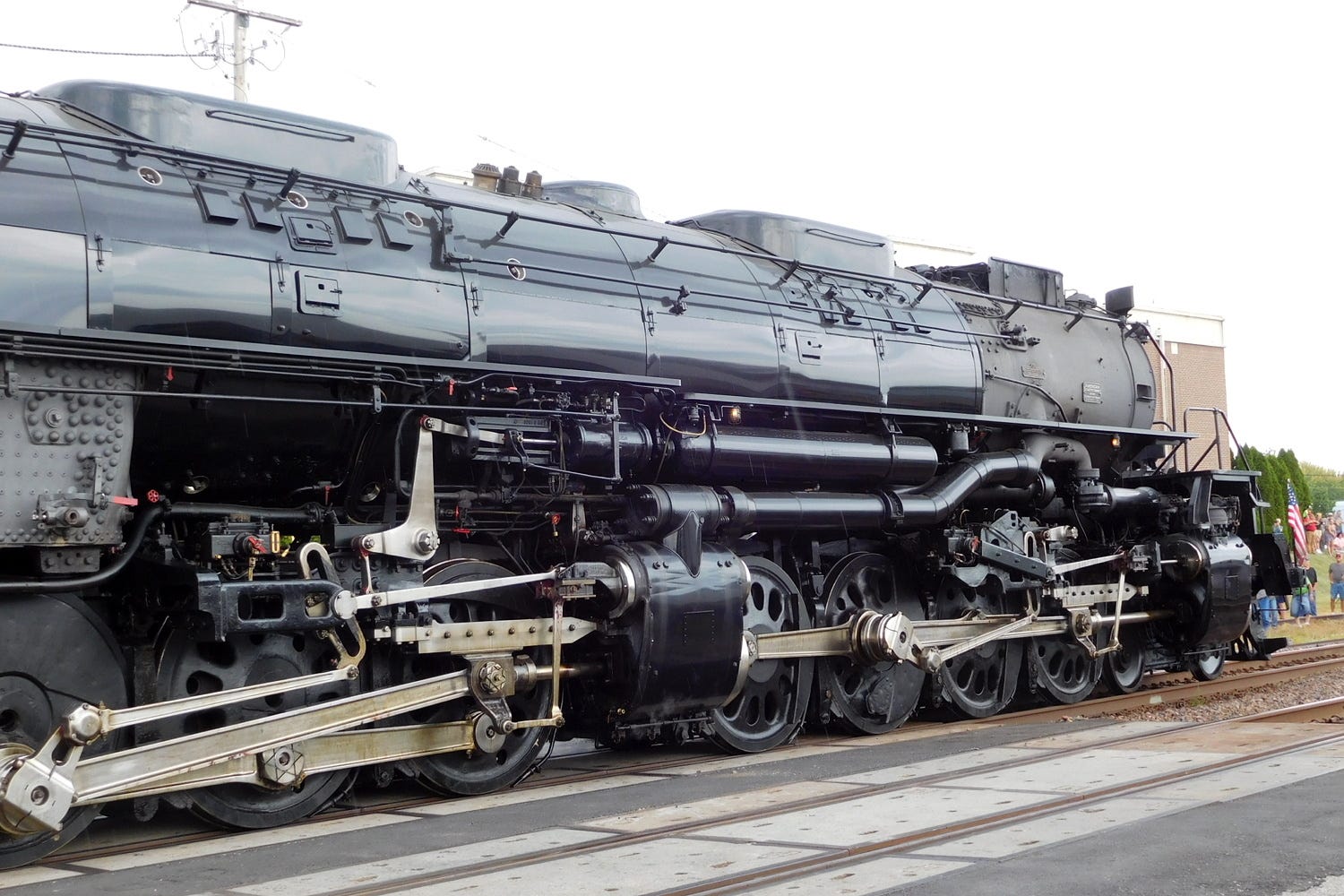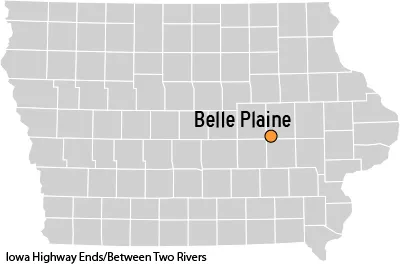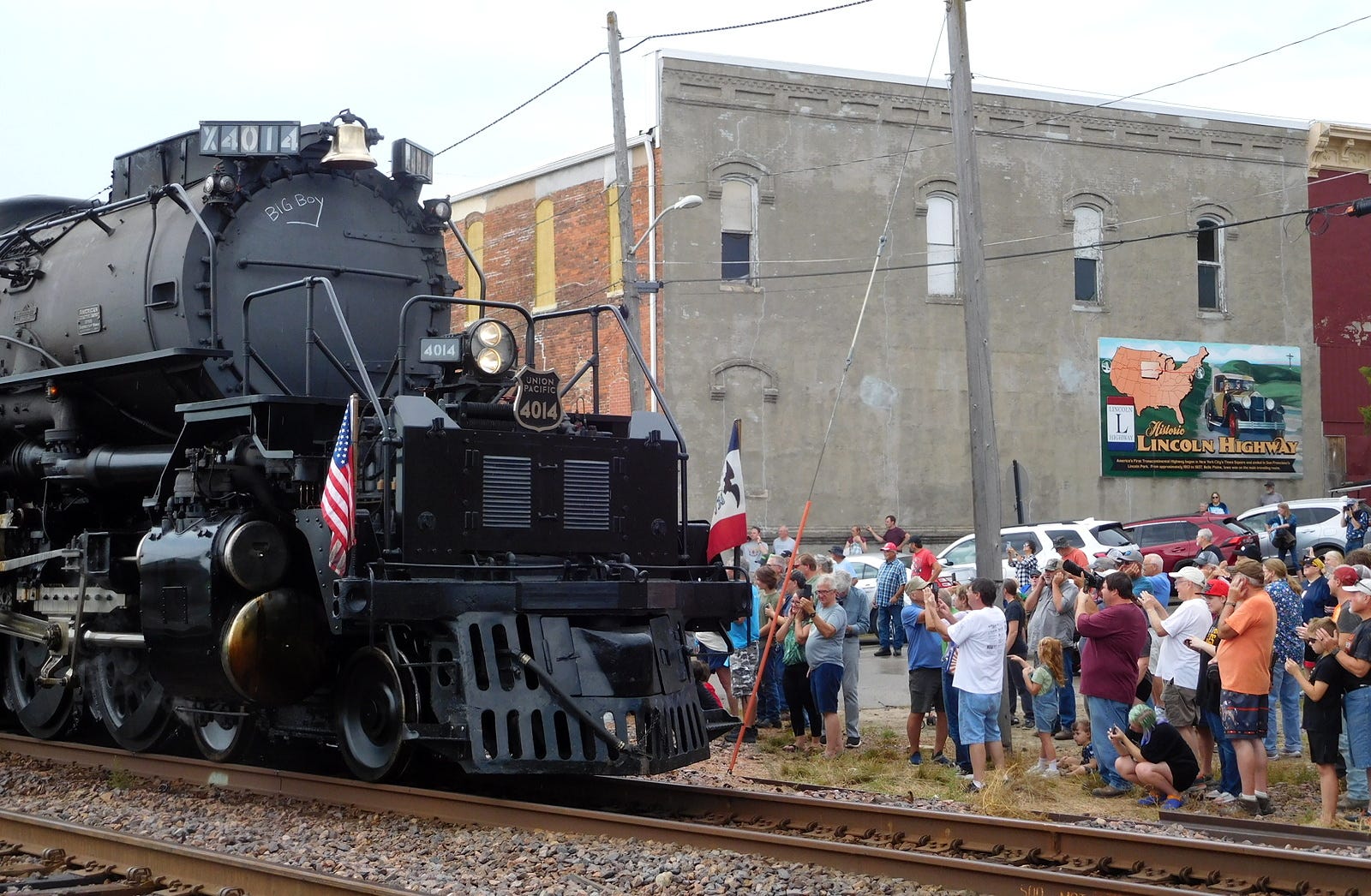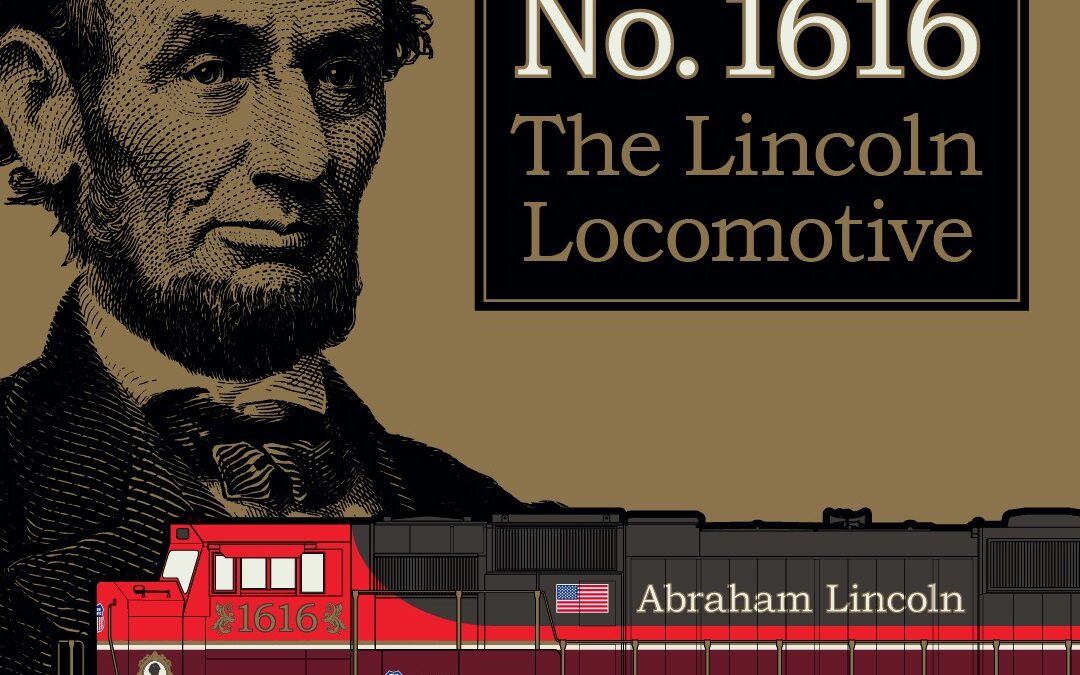
A New Memorial to Lincoln for 2025
Hello from the Lincoln Highway Heritage Byway- A National Scenic Byway and the Iowa Valley Scenic Byway. We have had an exciting year on the byways. The Ten Millionth Model-T Ford celebrated a 100-year Anniversary by trekking across the country and stopped at many of our beloved locations.
And who could forget the Big Boy Steam Locomotive No 4014 and Jay Leno jumping on to film an episode of Jay Leno’s Garage? How many of you were fortunate enough drive beside the Big Boy along the Lincoln Highway? So how can 2025 compare those exciting events?
On February 17th, Presidents Day, the Union Pacific Railroad unveiled their newest commemorative locomotive. The Abraham Lincoln No 1616 – a symbolic tribute to the nation’s 16th president. The Abraham Lincoln Locomotive will, “travel the rails, serving as a traveling ambassador and participating in community events and education programs that highlight the historic role of railroads in American’s growth and its continued contribution to our country, communities and economy,” said Union Pacific CEO Jim Vena. Read the complete press release and see the limited edition poster.
Lincoln in Council Bluffs
In 1859, before our 16th President was elected an Illinois State Senator, he made a trip to Council Bluffs to purchase land to use as collateral for a personal loan (17 plots between 9th and 16th Ave).
While in Council Bluffs, Mr Lincoln met with General Grenville Dodge, a Civil War veteran who had moved his family to Council Bluffs. During his trip Dodge convinced Lincoln that the eastern terminus for the first Transcontinental Railroad should start in Council Bluffs and head west to the Pacific.
In 1862, President Lincoln signed the Pacific Railway Act creating the railroad that connected the eastern and western United States.
In 1911, Council Bluffs built an obelisk Lincoln Monument overlooking the Missouri Valley west of the historic Fairview Cemetery where the meeting between Dodge and Lincoln took place.
More Memorials
In 1913, when Carl Fisher, Frank Seiberling, and Henry Joy were just finishing up the planning of the first improved Coast-to-Coast Rock Highway, they decided that naming the road after Abraham Lincoln would be both a tribute and would give great patriotic appeal to the highway. The town of Jefferson, Iowa was the first to build a statue of Abraham Lincoln along the new highway in 1918. Memorials to the president have since been plentiful across Iowa and the United States along the Lincoln Highway and now the Railroad!
Lincoln Locomotive Poster by the Union Pacific Railroad.

